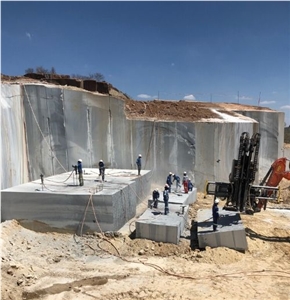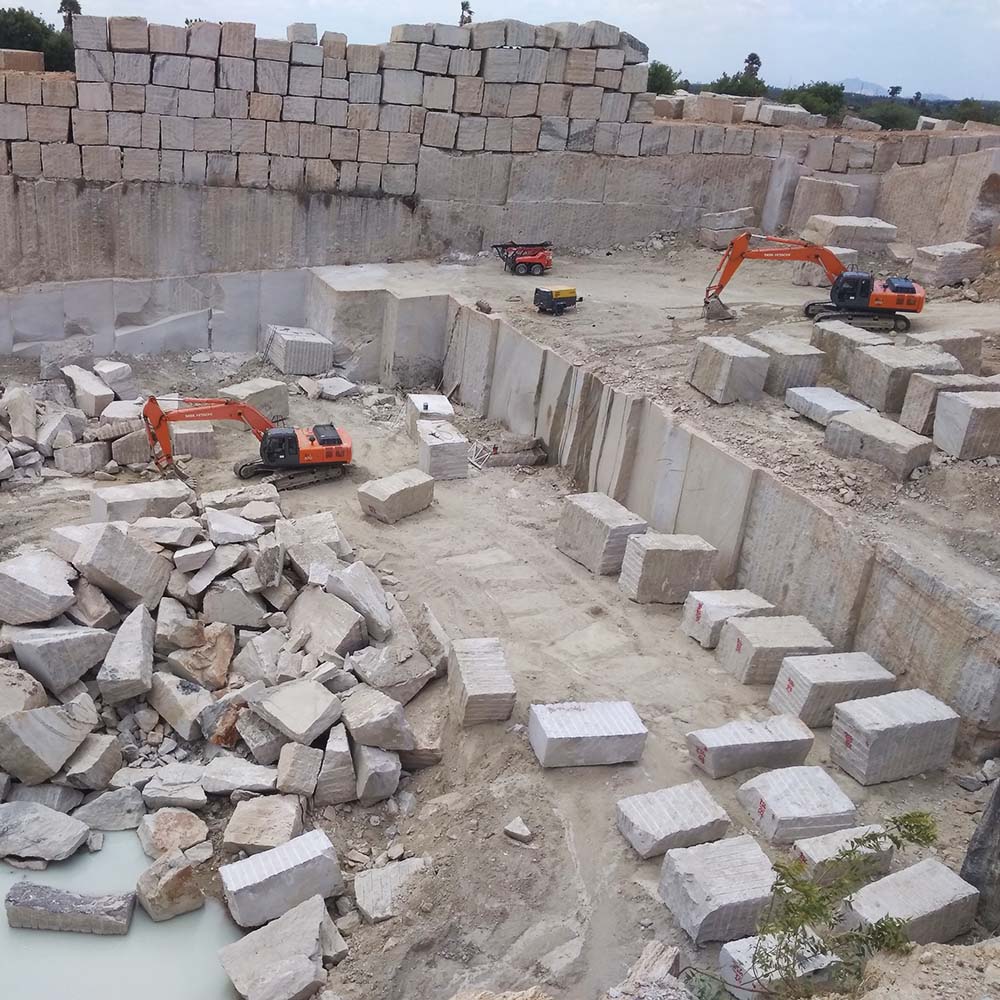The Concealed Treasures: Checking Out Granite Quarries in South Africa
The Concealed Treasures: Checking Out Granite Quarries in South Africa
Blog Article
Introducing the Mysteries of Granite Quarrying: Where Stamina and Style Meet
The globe of granite quarrying is a realm where the raw stamina of nature converges with human creativity to develop structures that stand the examination of time with an air of style. From the depths of quarries to the precise sprucing up in workshops, the process of changing granite into building wonders is an intricate dance of custom and innovation. As we peer right into the midsts of this old craft, we begin to discover the surprise complexities that shape the extremely significance of our constructed environment.
The Beginnings of Granite Quarrying
In the record of building background, the beginnings of granite quarrying are shrouded in a tapestry of ancient craftsmanship and geological marvels. Dating back to ancient Egypt and Mesopotamia, the removal of granite from quarries noted the start of a trip that would at some point cause the production of some of the world's most iconic structures.
Granite quarrying's roots can be mapped to the competent craftsmens who recognized the stone's sturdiness and aesthetic charm. With a combination of primitive tools and sheer determination, these very early quarry employees uncovered granite blocks that would certainly become the building blocks of civilizations.
As human beings advanced, so did the strategies of quarrying granite. The Romans, renowned for their design expertise, established advanced methods for removing granite to create monoliths, temples, and roads that stood the examination of time.
The heritage of these ancient quarrying practices remains to form contemporary design, with granite staying a symbol of strength and style in building and construction jobs around the globe. (granite quarries in south africa)
Tools of the Quarrying Profession
The development of granite quarrying methods from ancient human beings to modern-day times highlights the important duty played by the tools of the quarrying sell forming the industry's practices. In old times, quarrying devices were primary, usually being composed of blades, hammers, and wedges made from materials like bronze or iron. These devices needed significant manpower and time to remove granite obstructs from quarries.

In addition, the intro of pneumatically-driven devices and high-powered equipment has actually dramatically lowered the physical labor required in quarrying procedures, boosting employee safety and security and performance. As the quarrying sector proceeds to introduce, the devices of the profession stay at the leading edge of driving progression and forming the future of granite removal.
Removing Blocks of Granite
Making use of precision machinery and advanced techniques, the extraction of granite blocks from quarries has become a sophisticated process in the modern quarrying industry. The initial step includes identifying the area and dimension of the granite down payment to figure out the most efficient extraction method. When a suitable website is picked, the removal procedure starts with the exploration of openings for the positioning of dynamites. Controlled blasting strategies are after that utilized to disintegrate the granite right into workable sections.

Polishing and Ending Up Methods
To accomplish a flawless surface area on granite blocks, skilled craftsmens use a series of thorough polishing and completing strategies. After the first extraction and forming procedures, the granite blocks go through a thorough polishing stage to boost their natural appeal and durability.
Along with sprucing up, finishing methods are related to more refine the granite's appearance. These methods might consist of flaming, developing, or cleaning, each offering one-of-a-kind textures and finishes to fit various visual choices. Flaming, for example, involves subjecting the granite surface area to high temperature levels to develop a rough, textured finish, suitable for outside applications where slip-resistance is crucial. Honing, on the other hand, offers a matte surface that is smooth to the touch, best for interior counter tops and floor covering. By meticulously picking and using these brightening and ending up strategies, craftsmens can change raw granite obstructs right into elegant items that display both toughness and style.

Environmental Impact and Sustainability
With the expanding check these guys out focus on environmental awareness in the market, granite quarrying techniques are progressively looked at for their influence on natural deposits helpful resources and long-lasting sustainability. Quarrying for granite can have significant environmental effects. The extraction procedure often includes using heavy equipment, nitroglycerins, and large quantities of water, bring about habitat devastation, soil erosion, and water contamination. In addition, the transportation of granite from quarries to refining centers creates carbon discharges, additionally adding to environmental deterioration. granite quarries in south africa.
To reduce these effects and make sure sustainability in granite quarrying, sector stakeholders are taking on numerous actions. Implementing advanced innovations to decrease energy usage and water usage, recovering quarried land for environmental repair, and advertising accountable sourcing methods are some methods being utilized. Moreover, accreditations such as the Forest Stewardship Council (FSC) and the Leadership in Energy and Environmental Design (LEED) help customers recognize eco-friendly granite products.
Verdict
In final thought, granite quarrying is a process that calls for specialized tools and techniques to remove blocks of granite and polish them to a high degree of surface. While the ecological effect of quarrying can be significant, initiatives are being made to improve sustainability techniques in the industry. On the whole, granite quarrying is a delicate equilibrium in between Homepage harnessing the stamina and elegance of this all-natural stone while lessening its influence on the setting.
Report this page